Other Visibility-limiting Obstructions
Freezing Fog and Ice Fog
Freezing fog consists of super-cooled cloud droplets. When these droplets come into contact with an object that has a temperature below freezing, they will turn to ice but will typically not cause ice to accrue on a surface unless freezing drizzle is also present. At temperatures just below freezing, a mixture of liquid and ice fog may form and may persist for a few hours.
Ice fog refers to the suspension of numerous very small ice crystals in the air, reducing horizontal visibility. Ice fog is very rarely seen outside of polar regions and does not produce rime or glaze on cold exposed objects as temperatures are usually at or below -20 degrees Fahrenheit (-29 degrees Celsius).
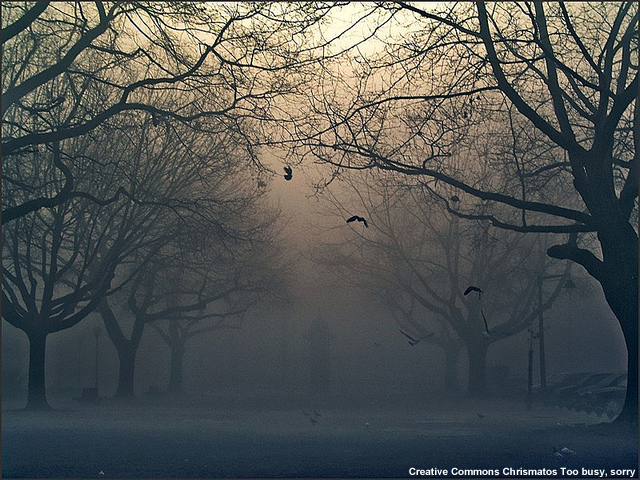
Shallow Fog and Partial, Patchy Fog
Shallow fog is synonymous with ground fog, where horizontal visibility is reduced only below a height of 6 feet. Partial and patchy fog also refers to fog with less than 6-feet vertical extent and is considered synonymous with shallow or ground fog for reporting purposes.
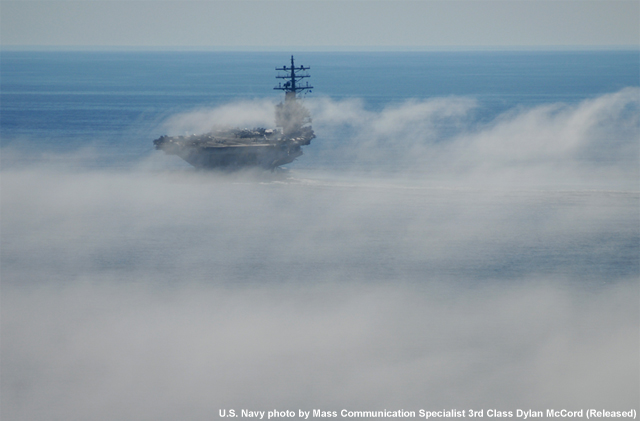
Blowing snow
Blowing snow refers to snow particles lifted by winds to moderate or great heights that reduce visibility to 6 nm or less.
Spray and blowing spray
Spray or blowing spray describes water droplets lifted from the sea surface by winds, in quantities large enough to reduce visibility at eye level. Spray is sometimes mistaken as precipitation, so be sure to carefully observe the seas to determine whether the water droplets have a sea surface source or an atmospheric source.
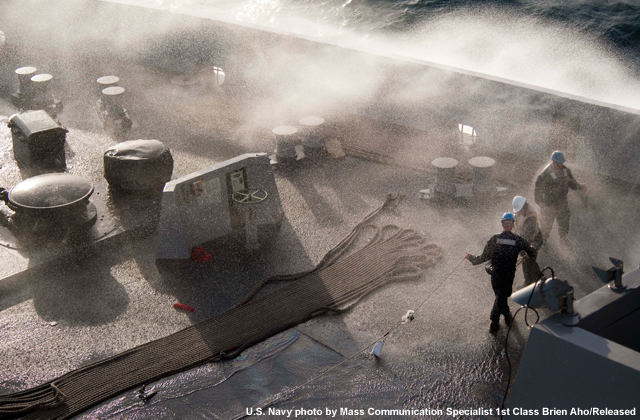
Haze
Haze is a suspension of extremely small particles (dust, salt, pollen, smoke or ash residue, etc.).
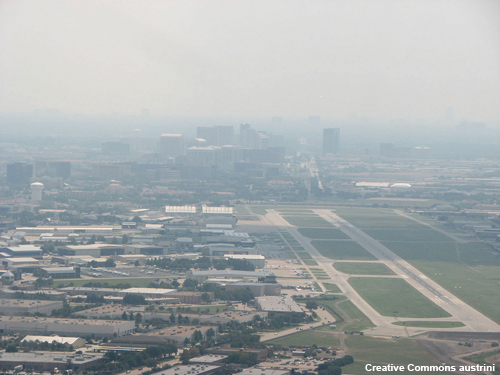
Smoke
Smoke consists of small particles produced by combustion and may be present either near the sea surface or in the free atmosphere. A transition to haze may occur when the smoke particles have traveled distances of 25 to 100 miles or more.
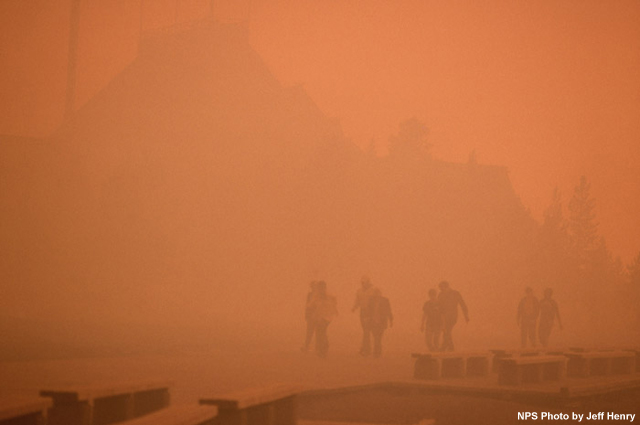
Dust and blowing dust
Dust/blowing dust refers to fine particles of dust suspended in the air that have blown out to sea from inland locations and reduce visibility. The Mediterranean Sea and Indian Ocean are common areas where dust/blowing dust can occur. Visibility reductions to less than 0.55 nm (1 km) are described by the term dust storm. Visibility reductions to less than 0.25 nm (500 m) are referred to as a severe dust storm.
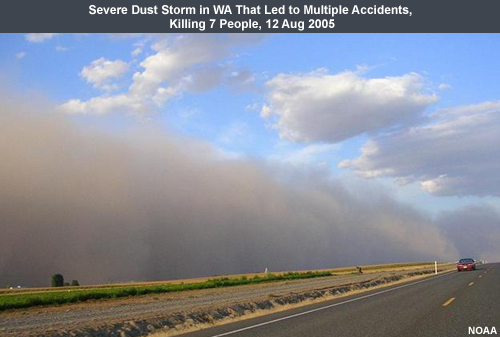
Blowing sand
Blowing sand is similar to blowing dust. When the visibility is reduced to less 0.55 nm (1 km), a sandstorm should be reported. Visibility reductions less than 0.25 nm (500 m) are reported as a severe sandstorm.
